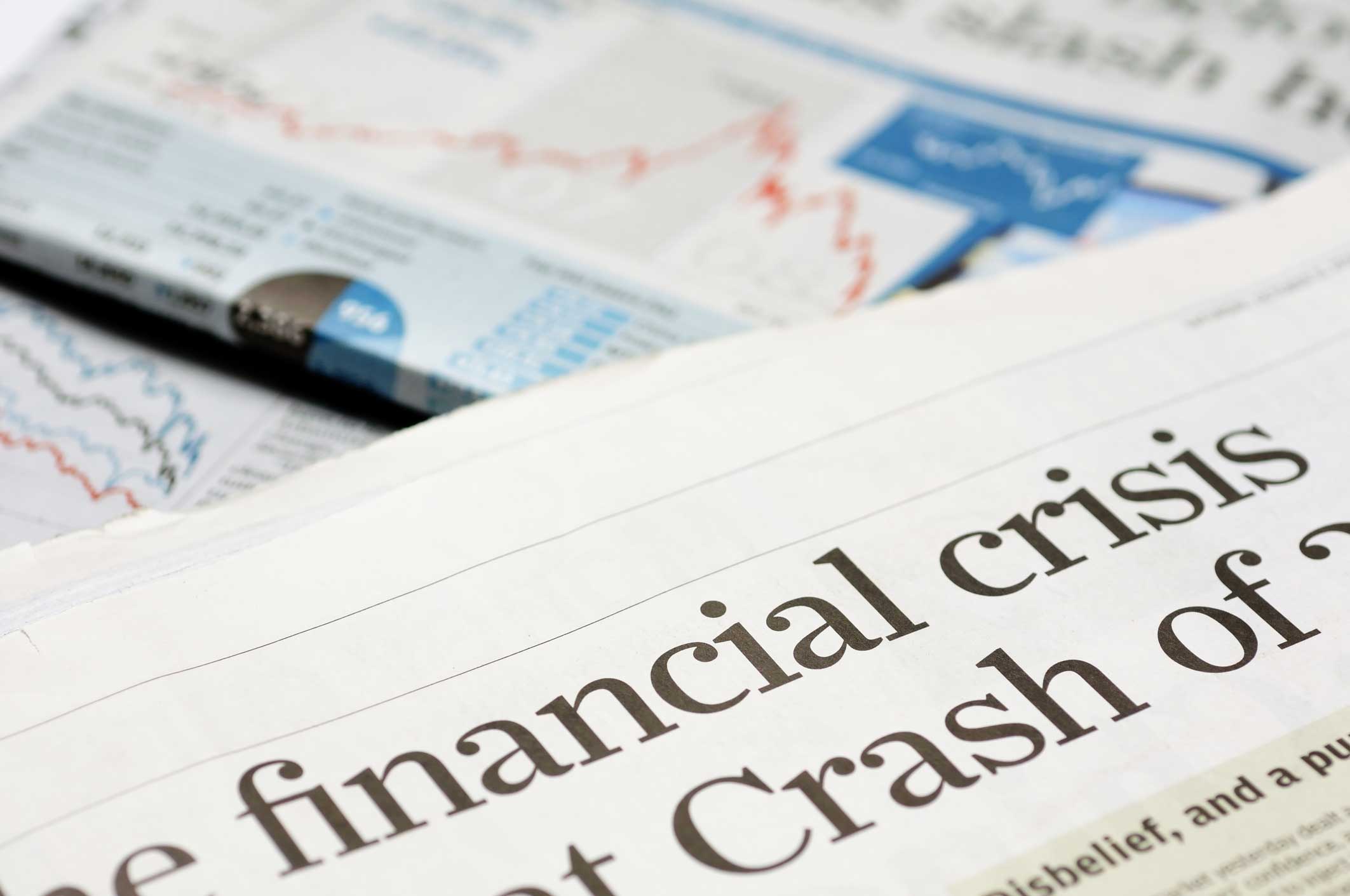Industry Insider: Ten years since the credit crunch, what have we learnt?
5th September 2017 15:59
by Darius McDermott from interactive investor

September 2007 was the month that many people began to be aware of the credit crisis that tipped the global economy into recession.
On 4 September 2007, the rate at which banks lend to each other, known as ‘Libor’, rose to its highest level since December 1998. This indicated that banks were worried other financial institutions may not survive or were strapped for funding themselves. It was a clear sign that the US sub-prime mortgage crisis was starting to affect the global financial system.
Nine days later, the BBC revealed that Northern Rock had been granted emergency financial support from the Bank of England, sparking the first run on a British bank in 150 years, with Northern Rock’s panicked customers queueing for hours to withdraw their savings.
This event is seen by some commentators as the start of the credit crisis, which resulted in bank failures, bailouts and a painful stock market crash.
- Credit crunch 10 years on: Seven ways that 2017 differs from 2007
As we mark the onset of the crisis, the words of renowned investor Warren Buffett are appropriate here: namely, that you only discover who has been swimming naked when the tide goes out. Taking on too much debt causes problems during times of economic stress, which is true for individuals, companies and governments alike. This is just as relevant today as it was in September 2007. While banks have deleveraged over the past decade, the same cannot be said for governments and individuals.
Today, government debt levels are high worldwide, because of actions to bail out banks and stimulate economies. Recent warnings from the Bank of England suggest the picture isn’t looking too rosy for individuals either. This follows a 10% increase in car loans, credit card balances and personal loans over the past year, contrasting with a 1.5% rise in household incomes.
- Credit crunch 10 years on: Are you financially prepared for another economic crisis?
With interest rates at a record low of 0.25%, it is fair to assume the direction of travel will be upwards over time. It has been a rollercoaster ride for investors over the past decade. Between late 2007 and February 2009, portfolios plummeted in value – in some cases by as much as 40%. The good news is that investors who could stay invested have ultimately benefited. Those who were brave enough to invest in mid- to late 2009 will have done even better.
Several fund managers have proven their mettle during the decade. They include Alex Savvides, who runs the JOHCM UK Dynamic fund, launched in the eye of the storm in June 2008. Mr Savvides’ focus on unloved and under-researched companies has paid off. Since launch, the fund has returned 186%, far ahead of a 96% gain by the average fund in the Investment Association (IA) UK All Companies sector and 93% by the FTSE All Share index(1).
Thomas Moore started managing the Standard Life Investments UK Equity Income Unconstrained fund in January 2009, focusing on companies with the potential for positive earnings revisions. Since then, he has had stellar returns of 253% – far ahead of 153% by the IA UK Equity Income sector and 134% by the FTSE 100 index(2).
- Nick Train: The bull market is here to stay
Investors have survived what felt like Armageddon and are likely to have seen their portfolios perform well. The worst thing you can do during a stock market crash is panic – it may not turn out to be as bad as you think.
Past performance is not a reliable guide to future returns. You may not get back the amount originally invested, and tax rules can change over time. Mr McDermott’s views are his own and do not constitute financial advice.
Darius McDermott is managing director at Chelsea Financial Services and FundCalibre
(1)Source: FE Analytics, total returns in sterling, 16 June 2008 to 7 August 2017.
(2)Source: FE Analytics, total returns in sterling, 1 January 2009 to 7 August 2017.
This article was originally published in our sister magazine Moneywise, which ceased publication in August 2020.
These articles are provided for information purposes only. Occasionally, an opinion about whether to buy or sell a specific investment may be provided by third parties. The content is not intended to be a personal recommendation to buy or sell any financial instrument or product, or to adopt any investment strategy as it is not provided based on an assessment of your investing knowledge and experience, your financial situation or your investment objectives. The value of your investments, and the income derived from them, may go down as well as up. You may not get back all the money that you invest. The investments referred to in this article may not be suitable for all investors, and if in doubt, an investor should seek advice from a qualified investment adviser.
Full performance can be found on the company or index summary page on the interactive investor website. Simply click on the company's or index name highlighted in the article.